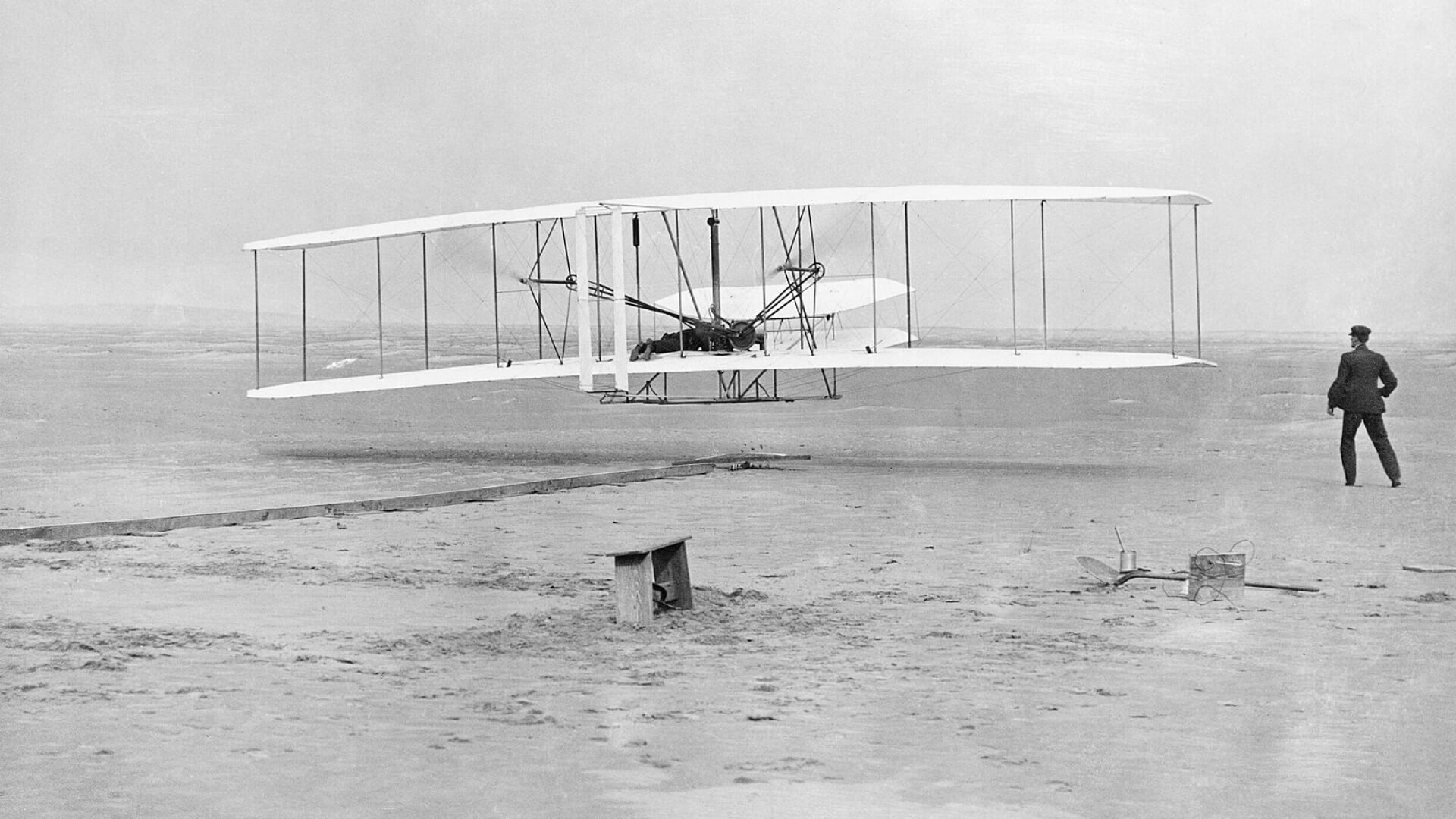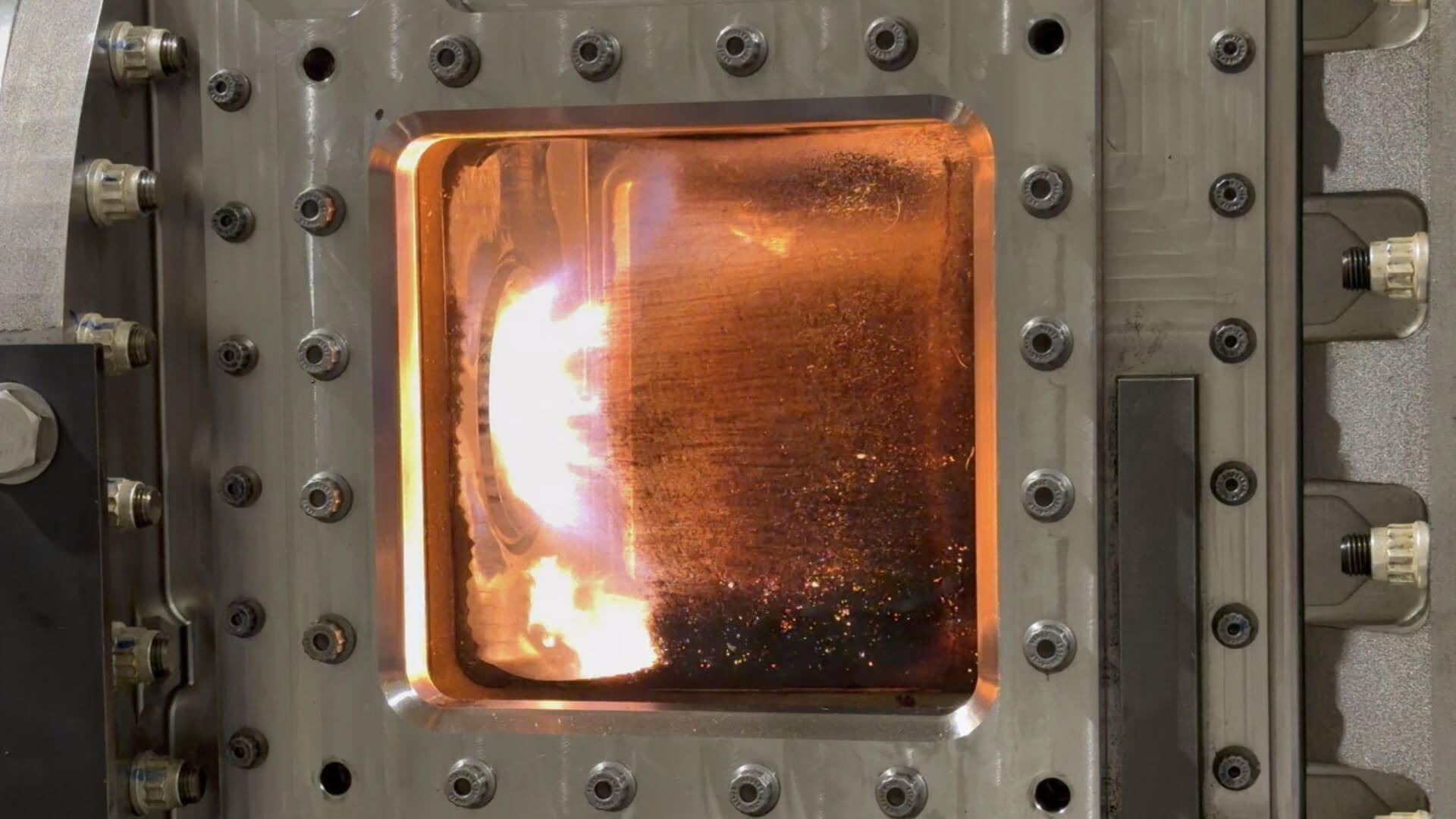Concorde died because it was too expensive to operate. You can make a good argument that the project was doomed from the outset, because it was launched before the technology for efficient and affordable supersonic flight existed.
Today we have the technology for much faster flights at the same price as subsonic business class. This matters because while business class is just 10% of seats, it represents nearly half of international airline revenue and the majority of profits. (This is why we keep getting better amenities in business class and less legroom in economy.)
A round-trip ticket NY/London on Concorde cost about $20,000 (2016 dollars), fundamentally driven by poor fuel economy. At that price, this is a bucket list item for most of us — not practical transportation. Concorde had 100 seats and often flew with just 25% filled. It operated profitably on just a single route and only 14 entered service. A lack of economy of scale put further pressure on ticket prices, as it is tremendously expensive to maintain a small fleet of specialized aircraft.
To build a mainstream supersonic aircraft, one must (1) improve the fuel economy so that tickets can be affordable to more people and (2) right-size the airplane so that airlines can fill seats on many routes, achieving economy of scale.
Fast forward half a century. Today we have better aerodynamics, materials, and engines. A seat on the Boom aircraft gets the same gas mileage as a lay-flat bed in subsonic business class. Business class lay-flat beds are big and heavy, consuming extra fuel — but when flights are shorter a flying bed isn’t needed — one can enjoy a real bed instead.
Since we’re able to match the pricing of subsonic business class, we’ve put 45 seats on the airplane, about the size of the premium cabin in subsonic widebody aircraft. It’s often said that Concorde had too few seats. The opposite is true: the higher the prices, the lower the demand, and the lower the appropriate seat count.
From a route perspective, there are over 500 routes where Boom aircraft can operate profitably. Here is a visualization of viable routes for a Mach 2.2 commercial aircraft, with the darker lines representing the more trafficked routes:







